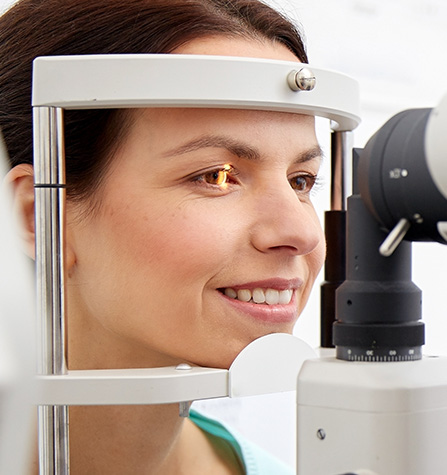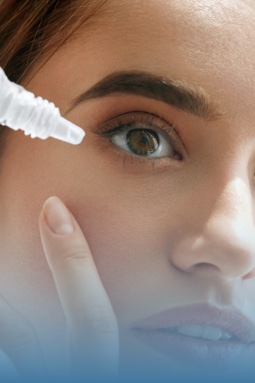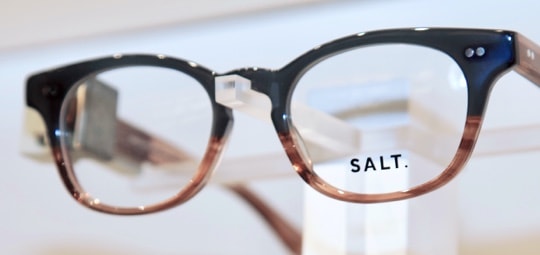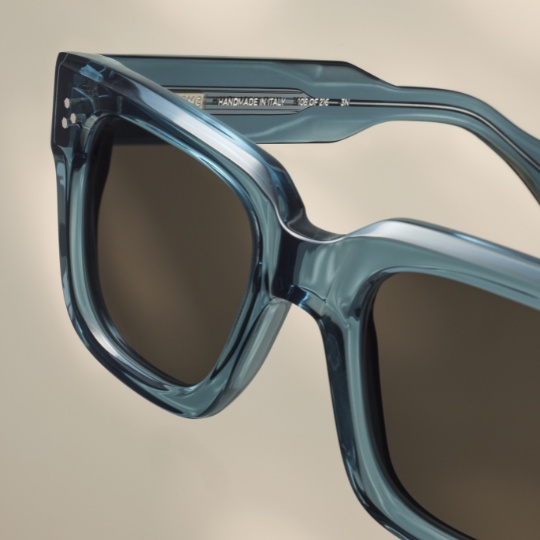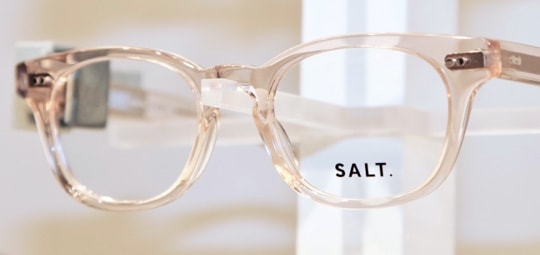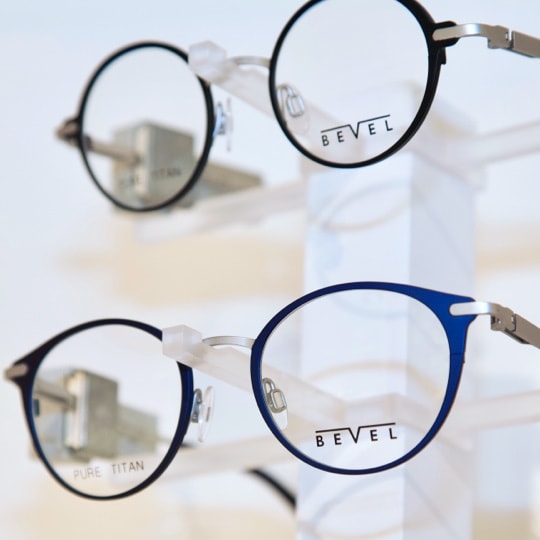Common Eye Diseases & Conditions
Age-Related Macular Degeneration
Age-related macular degeneration is a degenerative disease commonly associated with the aging process. It’s most common in those over 50 and can progress without visible symptoms until irreversible damage occurs. AMD affects the macula, the central-most part of the retina responsible for central vision. There are 2 types of AMD:
- Dry AMD occurs when the macula deteriorates over time, causing a gradual loss of vision. It’s often associated with the accumulation of drusen, deposits of lipids and proteins under the retina. Dry AMD is the more common type, affecting every 9 in 10 cases.
- Wet AMD is less common but much more severe. It’s caused by an abnormal growth of blood vessels in the retina, which swell, burst, and leak blood and other fluids into the macula. Dry AMD can progress into wet AMD, but not everyone with dry AMD will develop wet AMD.
Although there is no cure for AMD, regular eye exams play a large role in preventing this eye disease. The earlier it’s detected, the bigger chance you’ll have of protecting your vision.
Diabetic Retinopathy
Diabetes is a condition that affects the way your body produces and regulates insulin, a hormone that controls your blood glucose levels. Uncontrolled diabetes can lead to high blood sugar, heart disease, and diabetic retinopathy.
Diabetic retinopathy affects the tiny blood vessels in the eyes that supply blood to the retina. When your blood glucose levels are too high, the blood vessels can become damaged, limiting the retina’s supply of nutrients and oxygen. When this happens, the eye attempts to grow new blood vessels, but they are abnormal and can rupture.
Ruptured blood vessels can cause significant vision loss and may lead to diabetic macular edema.
At Acuity Vision Optometry Boutique, we use 2 imaging technologies to closely evaluate your eyes’ health and pinpoint signs of diabetic retinopathy. These include:
Cataracts
Cataracts are, unfortunately, a normal part of aging. The lens in your eye is naturally clear, but it begins to cloud and become less flexible with age. More than half of all Americans over 80 have cataracts or have had surgery to remove them.
You may not notice cataracts in their early stages. But over time, your vision can become increasingly fuzzy or washed out. Most cataracts are age-related, but there are some lifestyle habits you can adopt to slow their progression.
If you have rapidly progressing cataracts or cataracts that have advanced to the point that your vision is impaired, you can have surgery to remove them.
Glaucoma
Glaucoma is a term used to describe a group of eye diseases that damage the optic nerve. The optic nerve is responsible for sending images from the eye to the brain, so severe vision loss and even blindness can occur when it’s damaged.
Glaucoma is commonly referred to as the “silent thief of sight,” because it often shows little to no symptoms in its early stages. It’s the leading cause of blindness in those over 60, but can develop at any age. Glaucoma can be managed effectively through early detection and treatment.
There are 3 main types of glaucoma:
- Primary open-angle glaucoma is the most common type of glaucoma. It occurs when the eye doesn’t drain fluid properly, contributing to a gradual buildup of fluid in the eye. The rising fluid level subsequently leads to an elevated intraocular pressure, which slowly damages the optic nerve.
- Angle-closure glaucoma occurs when the iris is too close to the eye’s drainage angle, and it suddenly blocks it. The blockage causes fluid in the eye to build up rapidly, creating a spike in intraocular pressure. This is called an acute attack and is considered an eye emergency and should be addressed immediately.
- Normal-tension glaucoma is a form of glaucoma that occurs when the optic nerve deteriorates even though the eye’s intraocular pressure is normal. The causes of normal-tension glaucoma are still unknown, but researchers continue to examine why it occurs.
We use tonometry as a diagnostic tool to measure your intraocular pressure, a telltale sign of glaucoma. The types of tonometry we use include:


